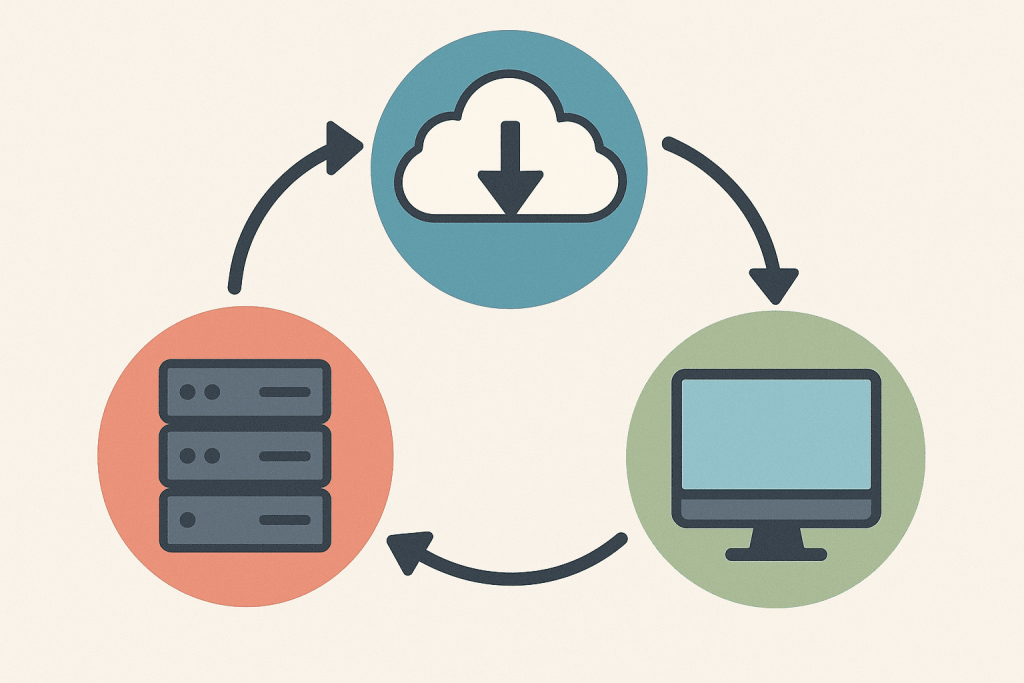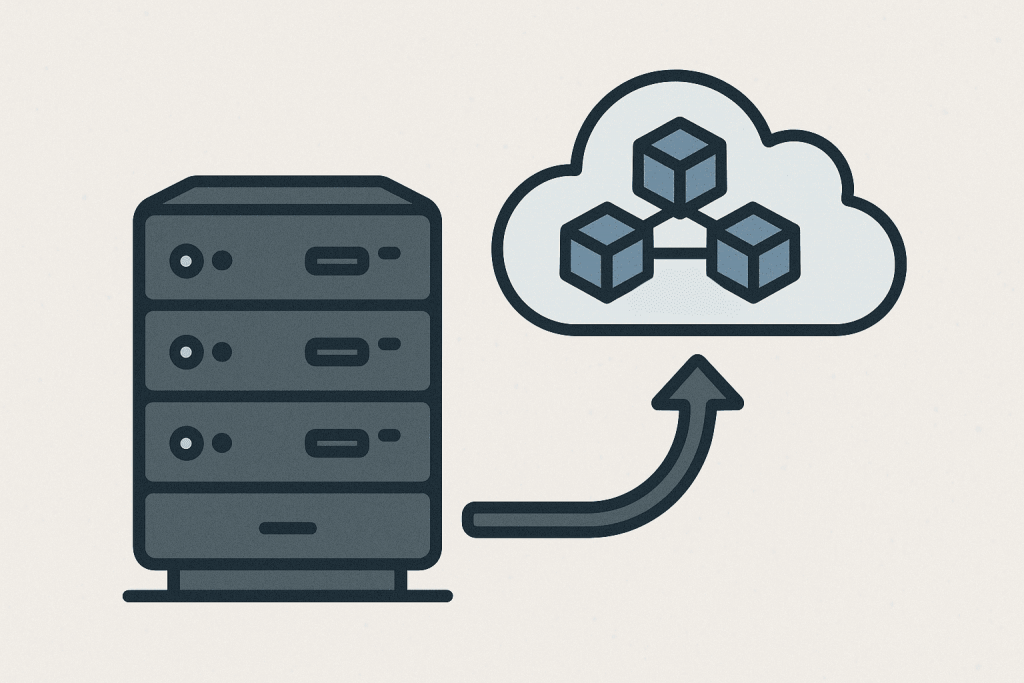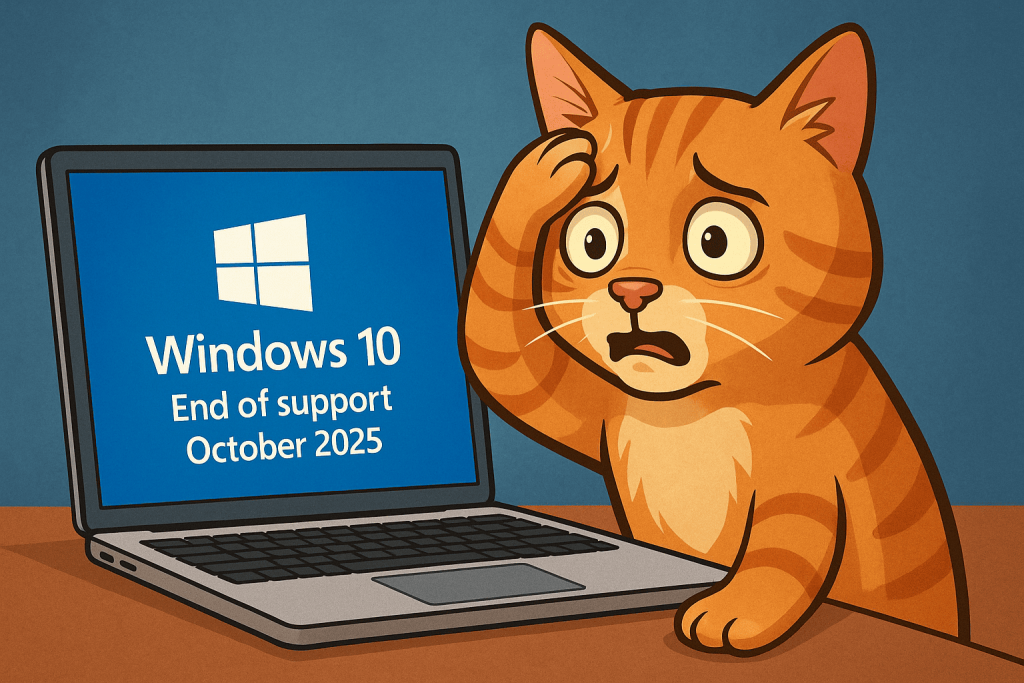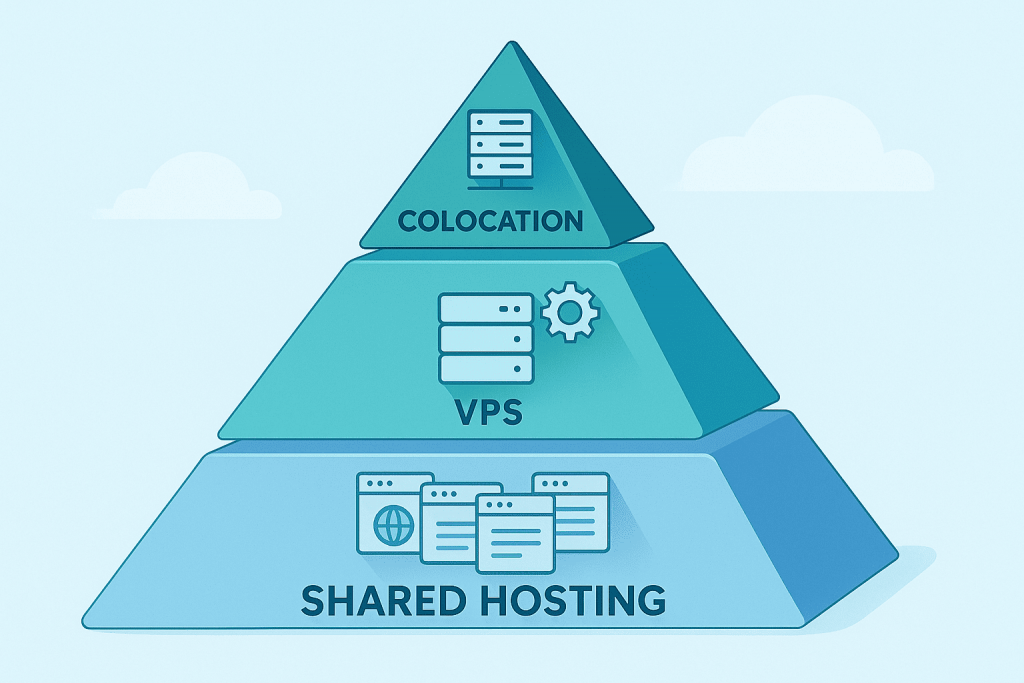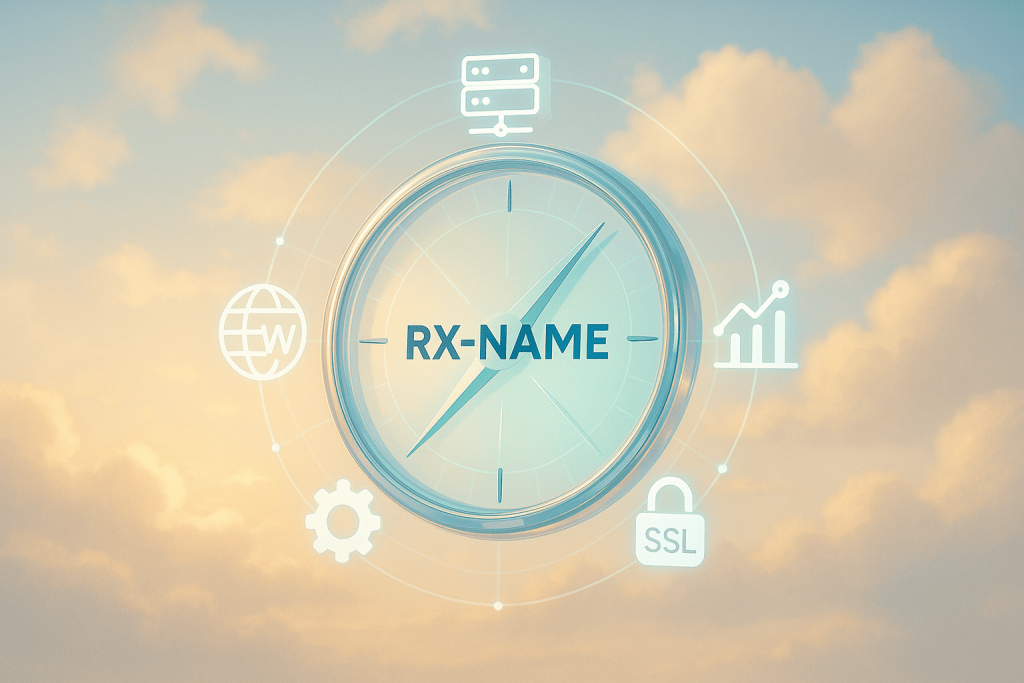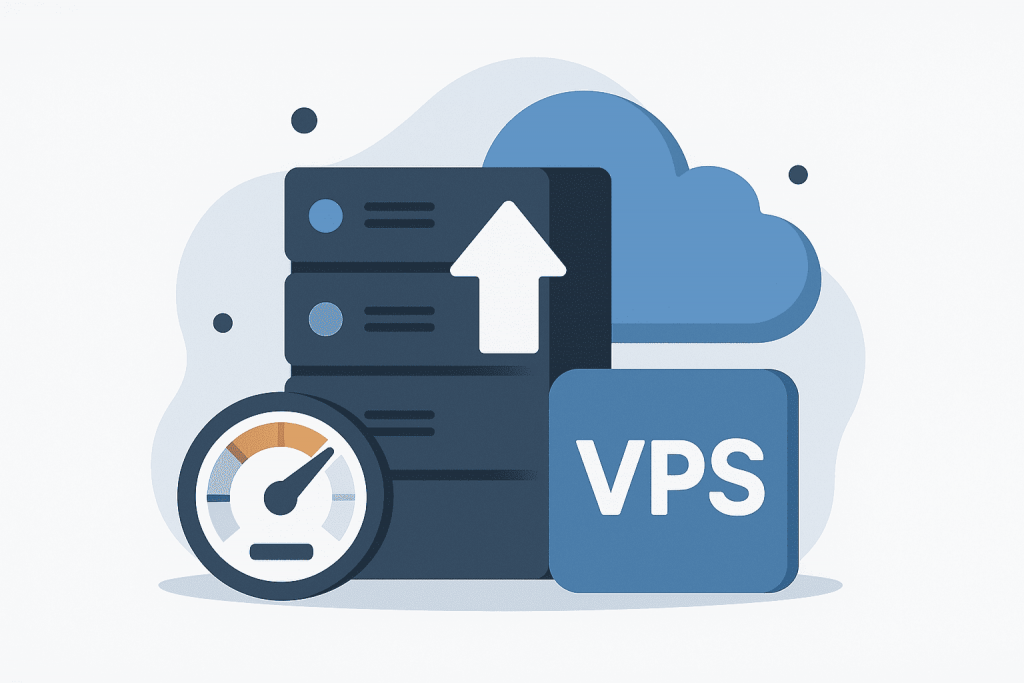
When users choose a VPS, they often imagine a simple scenario: if the plan lists 2 CPU cores, 4 GB of RAM, and a certain amount of disk space, then these resources always and fully belong only to them. However, virtualization works much more intricately. A VPS is not a physical server but a virtual instance created by a hypervisor. A hypervisor is a special system that distributes hardware resources among multiple virtual machines running simultaneously. This allows the physical server’s capacity to be used efficiently, but it also introduces nuances into the concept of “guaranteed” resources. To understand how everything works in reality, it’s important to explore reservation mechanisms, prioritization, and the behavior of real workloads inside the infrastructure.


